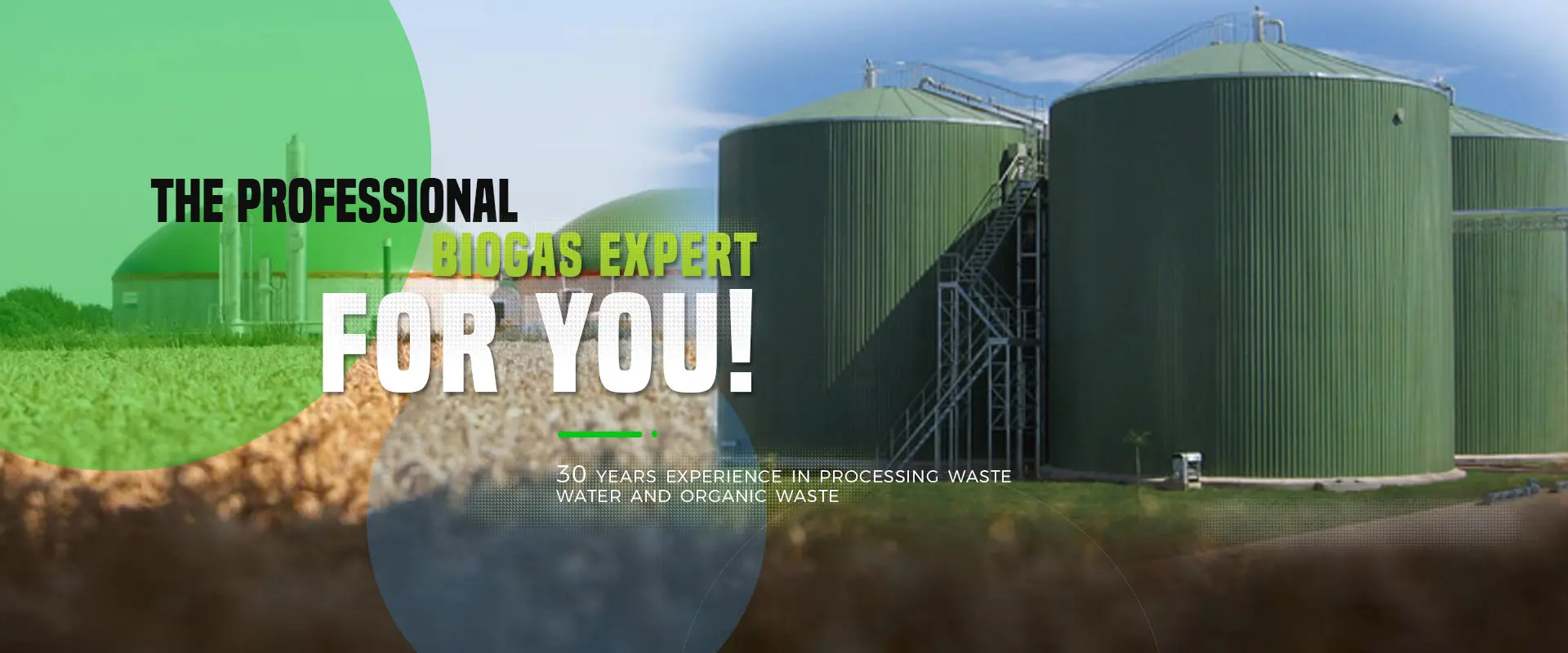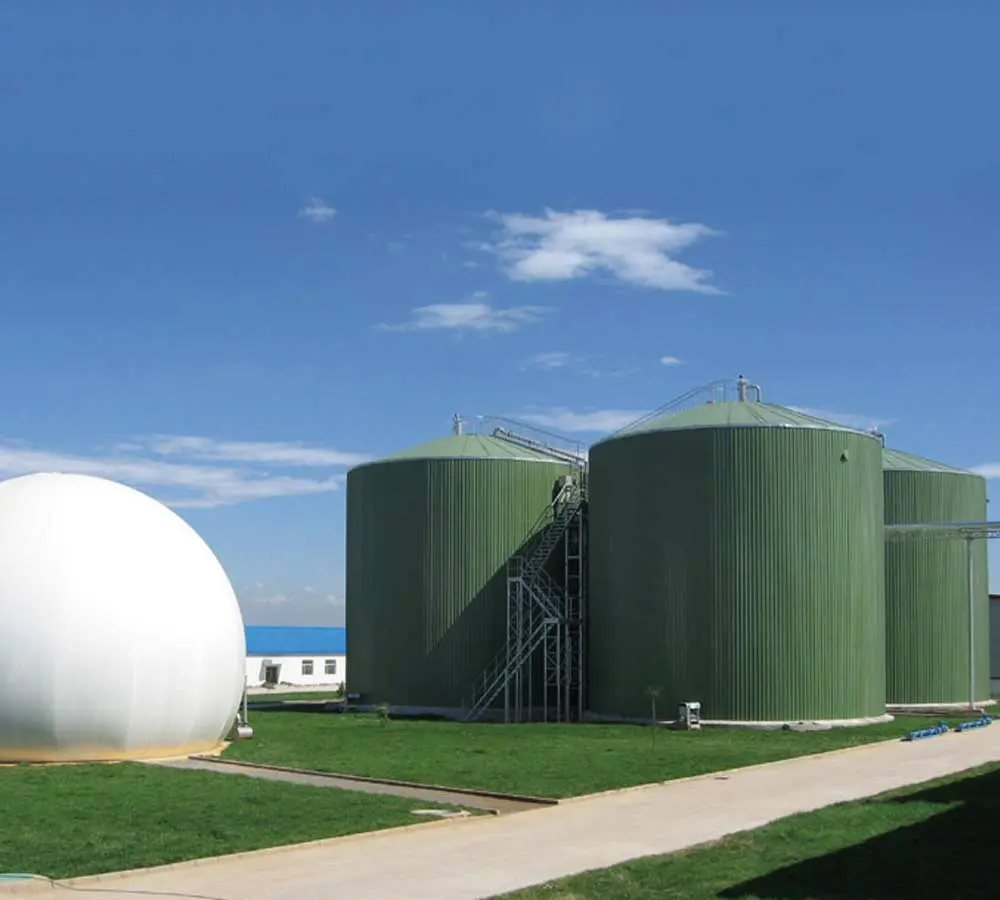
“I used to burn it with a fire, but now I can’t bear to do it. A few bundles of straw can save me hundreds of yuan.” When talking about using straw to produce biogas, Qiu Shangyou, a villager from Anjiang Village, Gaoyang Township, Shunchang County, praised it over the phone. Yesterday, the reporter learned from the Municipal Agricultural Bureau that since December 2006, Shunchang County Agricultural Bureau has taken the lead in the city to introduce a method of pre-treating straw with composite bacteria to produce biogas and achieved success, and various places have followed suit. Today, there are more than 1,000 biogas digesters in the city that use straw to produce biogas.
“Biogas fermentation is usually based on human and animal feces, but with the improvement of the intensive level of breeding industry, the number of rural free-range households has decreased relatively. Therefore, many biogas digesters in our city use straw to produce biogas.” The relevant person in charge of the Municipal Agricultural Bureau’s Environmental Energy Station (contact number: 8841138) said. He also introduced a technology of using composite bacteria to pre-treat straw to produce biogas to farmers for reference in practical work.

1. Crushing: Cut the straw into short pieces or crush them into 3-5 cm length. An 8-cubic-meter biogas tank requires 360-400 kg of straw.
2. Wetting: Wet the chopped straw and water in a ratio of 1:1. Add water and turn the material while wetting. Wetting should be uniform. Wetting time is 15-24 hours to allow the straw to fully absorb water.
3. Mixing: Mix straw, bacterial agent, and carbon ammonia in a ratio of 40:0.1:0.5. After mixing the bacterial agent and carbon ammonia in water, turn them and pour them on the wetted straw to mix them evenly. The moisture content of the straw should be 65%-70%. It is best to hold it tightly with hands and have indirect water dripping.
4. Pile fermentation: Pile the stirred straw into a standard fermentation pile of 1.2-1.5 meters wide and 0.6-1.5 meters high. Punch several holes around the pile and on the neck at intervals of 30~50 cm. It is strictly forbidden to pat and compact. Cover the pile and the neck with a film, leaving a 10 cm gap at the bottom for ventilation, and then compost. It takes 3~4 days in summer and 4~6 days in winter, when there is a layer of white mycelium on the straw.
5. Entering the pond: Pour the composted straw directly into the pond from the skylight while it is still hot, and evenly add carbon ammonia and inoculum to the biogas tank, and add water to the zero pressure water level. Finally, punch several holes in the raw material to facilitate methane production. The inoculum is generally 10%%~30% of the biogas tank capacity, and the ratio of straw to carbon ammonia is 40:1.
6. Sealing the pond: After emitting exhaust gas for 2 days, the pond can be sealed and tested for fire.
7. Replacing materials: After half a year, as the straw decomposes, it is necessary to replace the raw materials. When discharging materials, open the skylight cover (movable cover), take necessary protective measures, and use a claw or a four-tooth rake to directly discharge the materials.




